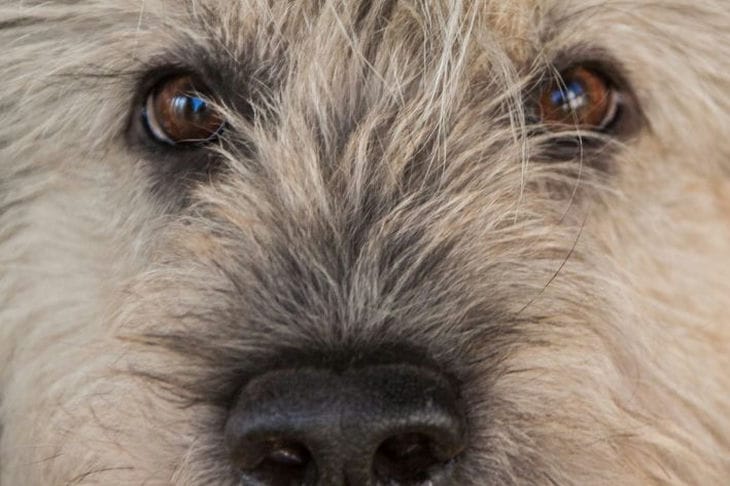Dog body language, also known as "calming signals," allows animals to communicate with each other and with humans.
By studying it, you will be able to better understand your pet, its desires and needs at the moment.
In the 20th century, cynologists from Norway made a discovery. Dogs also have their own "language", just like wolves. When communicating, they show small signals to each other - turning away their heads, licking their noses, turning sideways, etc.

In modern cynology, they are called reconciliation signals. With the help of body language, dogs show their friendly intentions, resolve conflict situations, and experience stress, says Diana Belyaeva .
If the pet is uncomfortable, it will lick its nose, turn its head to the side, and may yawn. In this situation, it is better to leave it alone.
On the street you can also observe dogs "communicating". When meeting, relatives can stop and lie down on the ground.
This is how acquaintance happens. With peaceful intentions, dogs approach each other in an arc, lower their noses to the ground, and can raise one paw.
If the pet is tired during training and is stressed, it will open its mouth, pull the corners of its lips, and you can see a "whale" eye, when the whites of its lips are too visible. The dog may shake itself. In this case, it is better to finish the training and let the animal rest. If the dog wants to play, it will invite you with a play bow (lunge).
There are also "threat" signals. If the dog fails to calm the "interlocutor" peacefully, it begins to show them. It starts with growling.
Growling is a request to increase the distance. Then showing teeth, clicking them. Lunging and only then the dog bites. An animal will never bite without warning. Unless it has had a really bad experience with a person.
Knowing your pet's body language can help you interpret many situations, act proactively, and resolve conflicts.

